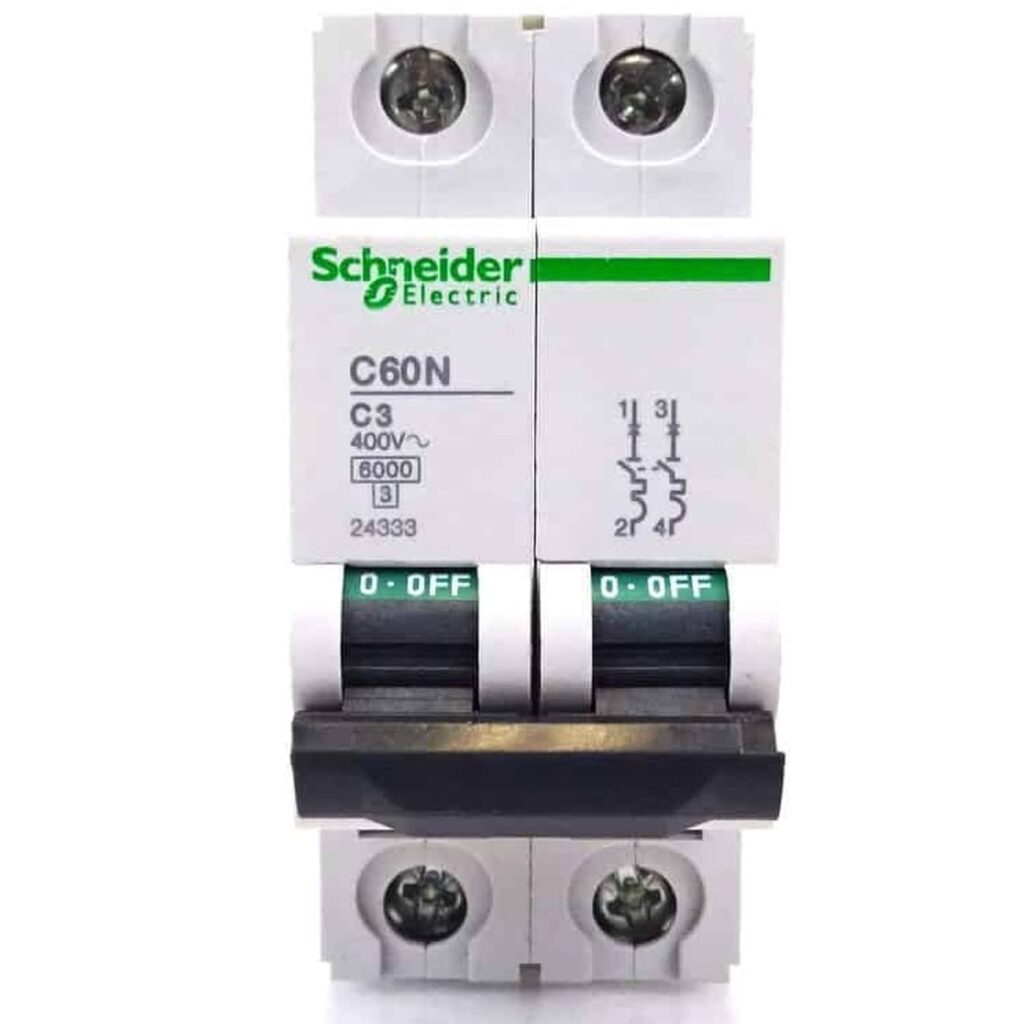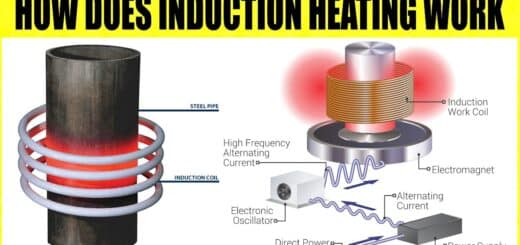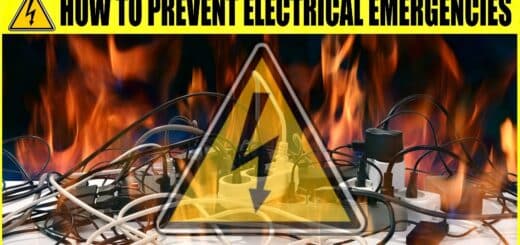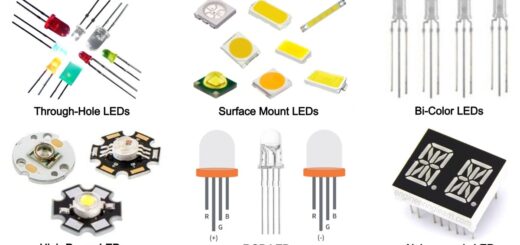What is MCB? (Miniature Circuit Breaker) – Types of MCB, Uses, Working & Diagram [Complete Details]
![What is MCB? (Miniature Circuit Breaker) - Types of MCB, Uses, Working & Diagram [Complete Details]](https://engineeringlearn.com/wp-content/uploads/2021/12/MCB-1024x539.jpg)
What is MCB? (Miniature Circuit Breaker)
What is MCB? Types of MCB, Uses, Working, Diagram [Explained with Details] :- Miniature Circuit Breaker is electromagnetic device called as MCB. It is an electrical switch that works automatically to detect excessive current flow through a circuit. On detection of the extra current flow in the circuit, MCB works to cut the current off as soon as possible. MCB replaces the use of fuse in a circuit due to its accessibility and safety factor. After a short circuit, the MCB is safe whereas you have to return and switch on MCB, for it to work again.
MCB is a type of electrical switch that is self-controlled. To protect the circuit from harm caused by the excess current from overload or short-circuiting, MCB is used. The central function is to interrupt current flow until a fault has been done. MCBs are not typically lost during over current and hence can be reused. These are much simpler to use. They can be easily on and off. They are much easier to use and to run.
On the other hand, an electrical safety device serves to provide an electrical circuit with over-current protection. The main part may be a metal wire or strip that goes through it. When an excessive amount of current flows thereby stopping or interrupting the present working of MCB.
MCB is more preferable instead of fuse because the metal wire melts in a fuse and therefore the fuse gets destroyed when excess current flows through in MCB it’s immediately turned off and therefore the supplies are often restored just by switching the MCB on again.
Working of MCB
The chain of reaction is lined together for the MCB to work. As you have read, the MCB has a bi-metallic wire. This metallic wire collapses in case of a current overflow or heating issue. This then opens the MCB and then MCB shuts off the circuit.It hardly demands a time of 2 seconds to perform the entire procedure. After this process is completed, switch on the MCB to start functioning again. Then switch on to reconnect with the power supply.
MCB works on the principle that a current-carrying wire produces a magnetic field around it. They consist of a molded insulated casing and house a coil, a bimetallic strip, a spring, and electrical contacts. The electrical contacts connect the circuit and are held in place by the resistive force of the spring. Whenever a current higher than its rating passes through the MCB, the coil produces a high magnetic field which has an effect on the bi-metal strip( A bi-metal strip just strip where two smaller strips made of different metals are placed together in equal or unequal sizes). The bi-metal will bypass the resistive force of spring and in return helps the latch of the MCB and hence effectively switching off the circuit.
Uses of MCB
MCB is necessary for the proper functioning and maintaining the safety of the electric machines. Therefore MCBs find use in most electrical devices, be it for domestic usage or industrial purposes. The multitude of electric connections at home likes lights, heaters, and fans require MCB to constantly check and protect the connection.
Industries work mostly with a lot of machines and also have a large current load. During this case, MCB plays an important role in preventing the sudden gush of electrical charges through a circuit, thereby increasing the time period of the devices by protecting them from damage.
Every home has a widespread lighting order. Miniature circuit breakers can work a significant part in the effective distribution of electricity across all the lighting systems of the house. For instance, the operation of fluorescent lights needs large amounts of electricity as resembled normal light bulbs. This is where MCBs have maximum use. Additionally, MCBs help in managing the quality and protection of light bulbs.
Different Types of MCB
There exist various kinds of MCB – types A, B, C, D, K, and Z. However, the three main MCBs are type B, type C, and type D. Each is made to be responsive to the likely strength of electrical surges in different situations. These MCBs are typically known as their ‘trip curve’ but they are also known as their tripping characteristics or over current characteristics.
Let’s see the differences between each primary type:
1. Type B MCB: ( Types of MCB )

Type B circuit breakers are made to trip if the current flowing through hits between 3 and 5 times the suggested most or ‘rated load’. This is the foremost sensitive MCB, designed for domestic use, at very little voltage and industrial settings wherever any current surges are probably to be little. Type B devices are usually fit for residential purposes. They may also be used for light industrial purposes where switching breakers are low or non-existent.
2. Type C MCB: ( Types of MCB )

Type C circuit breakers are mainly used for additional powerful electrical devices, wherever any surges are possibly to be higher, generally commercial and industrial environments. They are designed to trip at currents between 5 and 10 times their rated load. Examples include smaller electrical motors and fluorescent lighting.
Type C devices are the standard preference for industrial applications, where some sort of electrical inrush is demanded.
3. Type D MCB: ( Types of MCB )

D-type MCBs are the smallest amount sensitive MCB, solely activated when the current surges to between 10 and twenty times. The most suggested D-rated MCBs are designed for heavy-duty business and industrial devices wherever terrible current surges often occur. Examples are electrical instruments, X-ray machines, giant motors, and uninterruptible power supply units. Type D devices have more restricted purposes, usually in manufacturing use where huge inrush currents may be demanded.
Image Source :- brocoindustries













